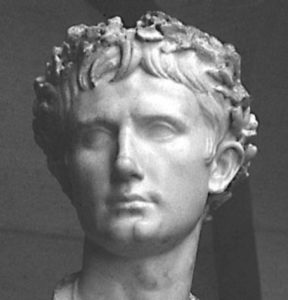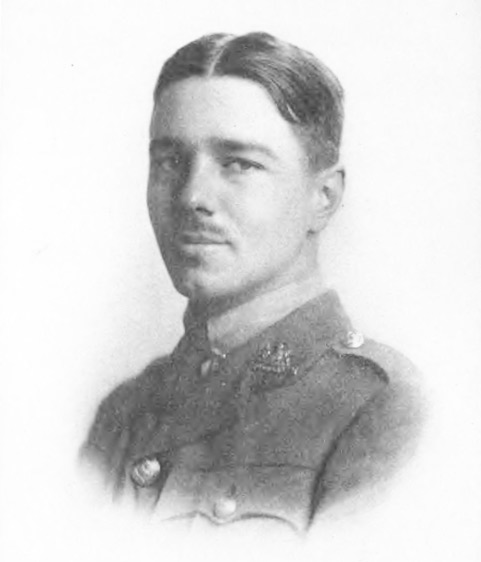wcag heading
“Dulce et Decorum est,” the Archeologist said.
“Pro patria mori,” Gamache finished.
“You know Horace?” Croix asked.
“I know the quote.”
(Bury Your Dead, Page 130, Trade Paperback Edition)
 The quote is indeed Horace and originates in his Odes (111.2.13) and as Dr. Croix, the archeologist, points out, essentially means, “It is sweet and right to die for your country.” To which Gamache replies—to the shock of Croix—”It is an old and dangerous lie. It might be necessary, but it is never sweet and rarely right. It’s a tragedy.”
The quote is indeed Horace and originates in his Odes (111.2.13) and as Dr. Croix, the archeologist, points out, essentially means, “It is sweet and right to die for your country.” To which Gamache replies—to the shock of Croix—”It is an old and dangerous lie. It might be necessary, but it is never sweet and rarely right. It’s a tragedy.”
This exchange takes place in the basement of the chapel of the Ursuline convent where General Montcalm was buried after his death on the Plains of Abraham, a pivotal battle in the Seven Years War. Montcalm most certainly died for his country and in doing so ceded control of Quebec City—and eventually all of Canada—to the English.
Horace wrote the original words to inspire his own countrymen, the Romans, to reach war-like heights in the face of their enemies.
 The great World War I poet, Wilfred Owen, would borrow the phrase to title, arguably his most famous poem, Dulce et Decorum est, in which he describes the horrors of being gassed in the trenches on the Western Front.
The great World War I poet, Wilfred Owen, would borrow the phrase to title, arguably his most famous poem, Dulce et Decorum est, in which he describes the horrors of being gassed in the trenches on the Western Front.
Contrary to Horace’s original motivation for his Ode, Owen’s poem—in the words of Dylan Thomas—was “to show, to England, and the intolerant world, the foolishness, unnaturalness, horror, inhumanity, and insupportability of war, and to expose, so that all could suffer and see, the heroic lies, the willingness of the old to sacrifice the young, indifference, grief, the soul of soldiers.”
The heroic lies
And here, the last line of Owen’s prescient poem (he was killed just one week before the signing of the Armistice):
To children ardent for some desperate glory,
The old Lie; Dulce et Decorum est
Pro patria mori.
“It’s an old and dangerous lie,” says Gamache to Dr. Croix.


 Here she is with her Javanese monkey, Woo, who plays an important part in Louise’s book. And as Superintendent Therese Brunel points out, “She adored all animals, but Woo above all.”
Here she is with her Javanese monkey, Woo, who plays an important part in Louise’s book. And as Superintendent Therese Brunel points out, “She adored all animals, but Woo above all.” The similarities between the real life Carr and Louise’s Clara are apparent. Both, of course, are painters and in a scene late in the novel, Superintendent Brunel and Clara sit before a statue of Carr where Therese tells Clara, “She looks a bit like you”. This is also the point in the book in which Brunel—while examining Clara’s painting —exclaims, “The Fall. My God, you’ve painted the Fall. That moment. She’s not even aware of it, is she? Not really, but she sees something, a hint of the horror to come. The Fall from Grace.”
The similarities between the real life Carr and Louise’s Clara are apparent. Both, of course, are painters and in a scene late in the novel, Superintendent Brunel and Clara sit before a statue of Carr where Therese tells Clara, “She looks a bit like you”. This is also the point in the book in which Brunel—while examining Clara’s painting —exclaims, “The Fall. My God, you’ve painted the Fall. That moment. She’s not even aware of it, is she? Not really, but she sees something, a hint of the horror to come. The Fall from Grace.”
